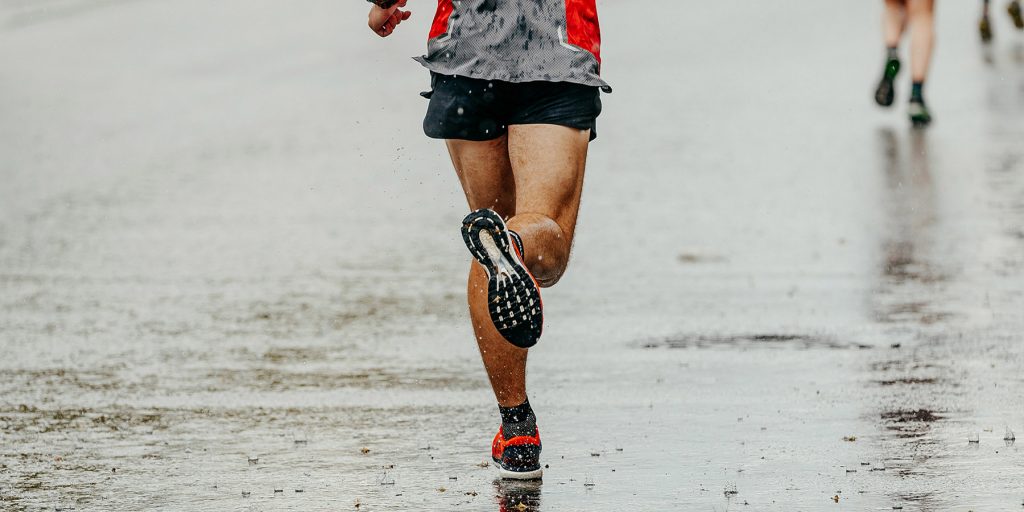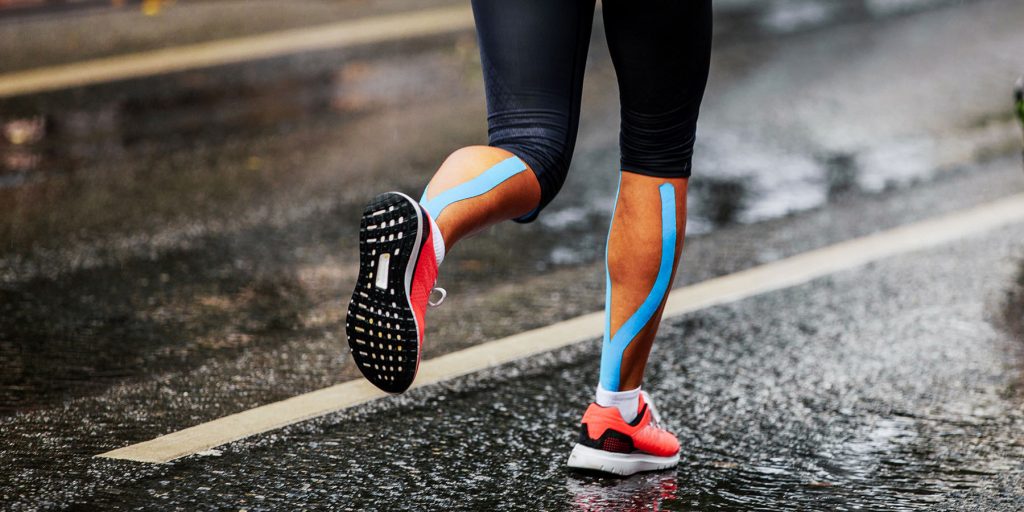For beginner and professional athletes running in the rain is a necessity. Despite the bad weather, skipping a workout will always be the worst choice. Careful preparation, and the selection of optimal clothes and sneakers for running in the rain will minimize all the disadvantages and will help have an effective training even in bad weather.
Table of Contents
Disadvantages of Running in The Rain
There are many different types of running that differ greatly in style, conditions and other characteristics. Running in the rain is not a separate type of training. This is a necessary measure in order not to miss a workout. Basically, there are no prohibitions in running in the rain. But there are also no particular benefits, besides the development of discipline and responsibility.
It is important to understand how to run in the rain, not only to maintain the effectiveness of the training, but also to minimize possible risks.
The main disadvantages:
- Potential hypothermia (leveled by choosing the right clothes and shoes for running in the rain).
- Increased risks of injury due to slippery surfaces.
- Discomfort (especially if you are running on the ground).
- Deteriorated running technique and increased muscle strain.

How to Run in the Rain?
For those who run professionally, bad weather is not an obstacle. Nevertheless, if beginners have a choice whether to run in the rain or postpone the workout, you should always choose the second option.
In cases when you don’t want to miss a training day and decide to go for a run, basic rules must be observed:
- Eliminate rubbing as much as possible. Even if your sneakers are comfortable, wet weather can cause chafing. Therefore, it is better to use plasters in advance;
- Running in rainy weather is the only exception when it is better to run on asphalt or rubber coating in the stadium;
- The toes should be fixed.
- You should wear special running shoes for running in the rain. Otherwise, the shoes will quickly soften, threatening not only a cold, but also serious injuries, for example, ankle dislocation.
- For running in the rain, clothing must be breathable, water-repellent, and warming.
Clothes for Running in the Rain
If you do not have everything necessary for a run in rainy weather, then it is better to postpone the training. Risks in this case will outweigh any benefit from running in the rain. Therefore, experienced runners always have several sets of clothes, for different seasons and weather.
Running Shoes
You can choose any running shoes that meet the following criteria:
- Synthetic material (no suede, fabric or leather).
- Waterproof toe.
- A sole with deep grooves or side clips to minimize slipping (a smooth sole is not suitable).
- Semi-rigid or rigid fixation of the ankle.
Jacket
The jacket for running in the rain should be with a hood. Otherwise, you will have to get a non-soaking hat, which is less convenient. The jacket should not be too warm. Its main task is to push away water droplets and allow air to flow in. These properties are possessed by any modern synthetics with a membrane.
What to Wear under the Jacket?
It is recommended to wear warming sweaters or t-shirts under the jacket (depending on the temperature). In warm weather it can be a cotton or synthetic t-shirt. At a temperature of 0 to 10 degrees, it is better to wear a fleece jacket.

Pants
Pants or shorts should be made of the same material. It is very important that they do not rub, free enough in the hips and waist, but narrowed to the bottom. Most often, these pants are tightened with elastic bands or Velcro. A good choice would also be a set of waterproof leggings and synthetic shorts. This option will help avoid rubbing and provide excellent fixation.
Accessories
To run in rainy weather, you need to worry not only about clothes, but also the protection of accessories. This applies to the phone, headphones, trackers and other devices. In such cases, it is recommended to choose special headphones with water protection (or wireless headphones hidden under the hood).
The phone is recommended to be placed in a special waterproof bag on the clasp. The same applies to heart rate monitors if they are not waterproof.
Conclusion
With proper preparation, you can run in the rain without losing productivity and training efficiency. Such jogs discipline well, have a beneficial effect on the psyche and immunity. However, this will require special clothes. It is also necessary to pay attention to running technique. It is optimal to run with an average pace with short steps, this technique will minimize slipping and risk of injury.

Will rain ruin my new running shoes??
I guess the most important thing here is to choose the pair that is suitable for rainy weather. But in general, a run in the rain will not ruin your new sneaks, but it will make them dirty looking.
Thanks for the info! But i have to ask something important to me. Say that you wear the hat and the jacket with the hood on top of the hat and the buff on your neck. Will water get inside your neck and then to your torso? I am asking this cause i really would like to run in the rain, but i don’t want to get a cold. Please guide me a little more.
I can’t say for sure. Probably, It will take some experimentation with your own gear! But to me it sounds like with all of that you probably wouldn’t get water inside your jacket..
Can anyone tell me what should I wear when running in rain in summer?
Hi! Something that wicks away moisture, but that doesn’t trap heat. It’s all about choosing the right fabric!